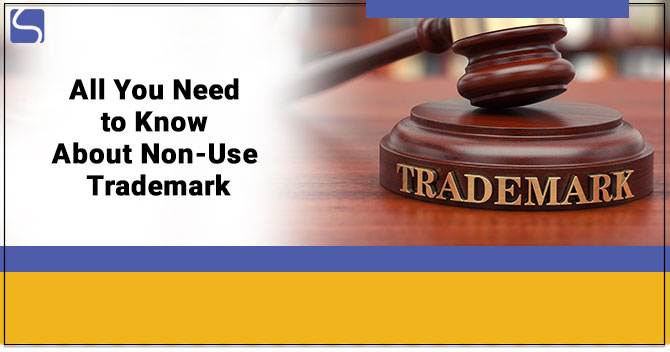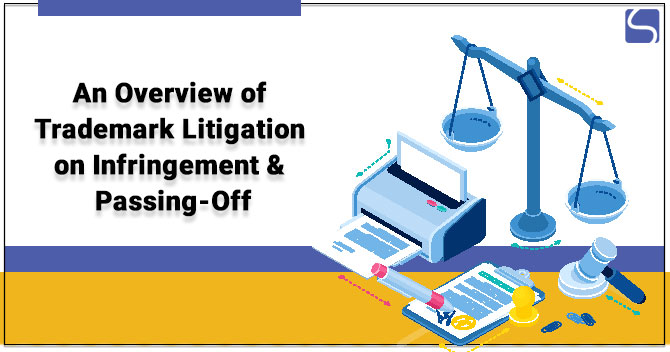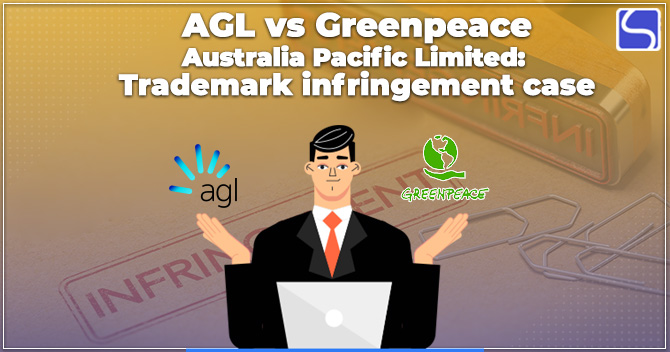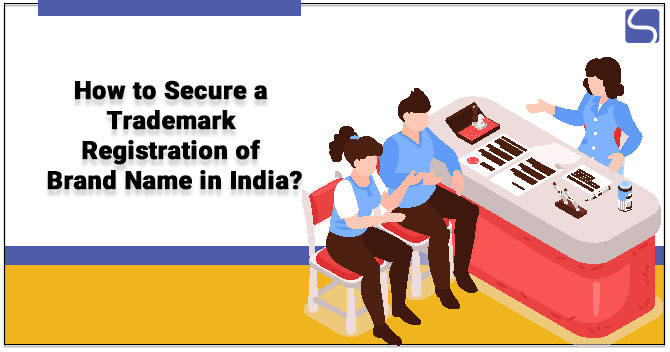All You Need to Know About Non-Use Trademark

Karan Singh | Updated: Jun 25, 2021 | Category: Trademark
The Covid-19 pandemic has strengthened the belief that there are uncertainties surrounding us at all levels, phases, and characteristics of life. In the world of business as well, corporations may have been closed, cease to operate or evict from the business. In such scenarios, what happens to the Trademarks? This blog answer such questions on Trademark filing into Non-Use Trademark and the outcomes on Trademark after the pandemic.
Table of Contents
What is the Validity of a Trademark Registration in India?
In India, a Trademark is approved for a time period of 10 years from the registration date assured in the Trademark Certificate. Though, if a Trademark owner has not used the Trademark for more than 63 months, they might lose their rights over the Trademark in such rectification or opposition procedures.
How the Right to Use the Trademark Approved?
A registered Trademark provides the right to safeguard the business identity. First, we need to know how a business company can get the right to use the Trademark in India:
- Once the company submits the application of Trademark Registration to the Trademark Office, the inspection of all the details provided in the Trademark application would begin. This is to verify accurate details provided in the Trademark application by the company. This comprises filing Trademark in the right class, with other specific details.
- Once the Trademark Registrar accepts the application of Trademark Registration, then the Registrar will publish the proposed mark. This means printing the Trademark symbol or name or both in the Trademark Journal.
- At this phase, the name or logo or both with the Trademark Registration has advised the Trademark Journal to welcome objection, if any.
- In case if there are no objections raised on the proposed mark, then the Trademark application is accepted. Trademark would be shown as “Registered”. This is when the Trademark candidate can commence using the R symbol next to the company’s name or logo.
When can the Owner Start Using the Registered Trademark?
While there is no stipulated time limit for using the Trademark, one should begin using the Trademark at the earliest. This implies that even before the Certificate of Trademark Registration is granted, the Trademark can be used. A Company can use its Trademark within and outside the entity. This comprises printing the Trademark on hoarding, the official website of the company or entity, notices, internal infrastructure of the corporation or company and its advertisements.
Does the Trademark Renewal Signify that the Trademark is Permanent?
No, Trademark Renewal doesn’t signify that the Trademark is permanent. The Trademark is not granted for a lifetime. Laws of Trademark say that a registered Trademark should be renewed every ten years. If a Trademark is not used, then a Trademark can also get removal. Hence, a company or an entity not using its Trademark, which is registered for a constant time of five years from the date when Trademark was registered, the company would lose all rights over the Trademark.
How Can You Remove Non-Use Trademark in India?
Anyone can apply for Trademark removal. It means that not only the competitors but also any other person can apply for Trademark removal.
Reasons for Removal of a Registered Non-Use Trademark
A Trademark removal can be for any of the following grounds:

- No Bonafide Intention: If the Trademark has been filed indifferently, without the reason that it be supposed to be used concerning those products or services, it can lead to removal.
What fulfils the criteria as “Bonafide Use” of a Trademark?
According to the legal provisions, it means – legitimate and genuine use. So, an entity using a Trademark in its communication & credentials with the public would amount to “bonafide use”. This is to judge by common commercial principles.
- Non-Use Trademark for 5 Years: If a company or entity doesn’t use a Trademark for a continuous-time of five years from the registration date, it can be removed from the Trademark Registry. This phase of 5 years is commenced from the date on which the Trademark was registered officially.
Under What Conditions a Trademark Wouldn’t Remove?
The law of Trademark delivers three different situations where it wouldn’t be removed despite Non-Use Trademark, these are:
- When a candidate plans to establish a company or an entity and get Company Registration under the Companies Act, 2013. Hence, non-use while waiting to use the Trademark for that entity or company after registration is understandable.
- The mark’s titleholder intends it to use by another person. Hence, if they are waiting for the Trademark to get registered in that person’s name, the Trademark will not be removed.
- Special commercial conditions; if the Non-Use Trademark is exceptional conditions prevailing and not due to the owner’s mistake. For example, limitations on the use of a specific Trademark forced by any law. Some companies may have to wait for international or national consents. Therefore, in the temporary period, the company may have an explanation for using the Trademark.
Partial Removal of a Registered Trademark
Partial renewal mentions removing some aspects of the Trademark.
- If two Trademark are identical in their registration, one owner may apply to the Trademark Register to remove the other approaching a Trademark that has fallen into non-use;
- On such application by that individual for the removal of the other Trademark due to its non-use, the Trademark tribunal can also entail limitations on the registration use of the first-mentioned Trademark.
Improvement on the grounds of Non-Use Trademark
Trademark Rectification is a proceeding in which a party tries to remove a registered Trademark from the Trademark Register. Trademark Act[1] (Section 47) has stated two different conditions regarding Trademark removal, which are as follows:
- If it’s established that the mark was already registered with no bonafide intention of use on the owner’s part. Generally, as a Trademark searches parts that are conducted, different applications are filed in all the 45 classes when the Trademark is used for 1 or 2 classes only. This is a distressful registration, and the Court has held in a range of cases that such registrations should not be uplifted.
- If the mark or name is not used by the actual registered Trademark owner for a continuous-time of five years from the registration date & three months before applying for the registration. So, as a result, if the Trademark is not used for a time of five years & three months, then any individual may file for the Trademark Rectification proceedings.
Hence, in the first type of case, if an individual can prove that the candidate has no purpose of using the Trademark, they can request for the cancellation of Trademark Registration and in the second condition, even if there was some initial usage, for a continuous-time of five years after the Trademark registration, if the mark had not been used a Rectification application can be filed.
Conclusion
If the owner of the mark has not used the mark for more than five years & three months, they may lose their Trademark Rights in such alteration and opposition procedures. While the responsibility or burden to prove Non-Use Trademark is usually on the individual who applies rectification, the obligation may be shifted to the Trademark proprietor in the hearing. If the owner fails to approve the usage, then their mark will be accountable to be removed from the Trademark Register.
This is what the IPAB (Intellectual Property Appellate Board) held in a current case where the owner of Trademark was asked to give evidence of usage; The Trademark owner provided a document listing registration in different nations usage rejected by the Intellectual Property Appellate Board. The Trademark was directed to be removed as the evidence of Trademark usage was not enough.
Read our article:Attributes of a Good Trademark – An Overview














